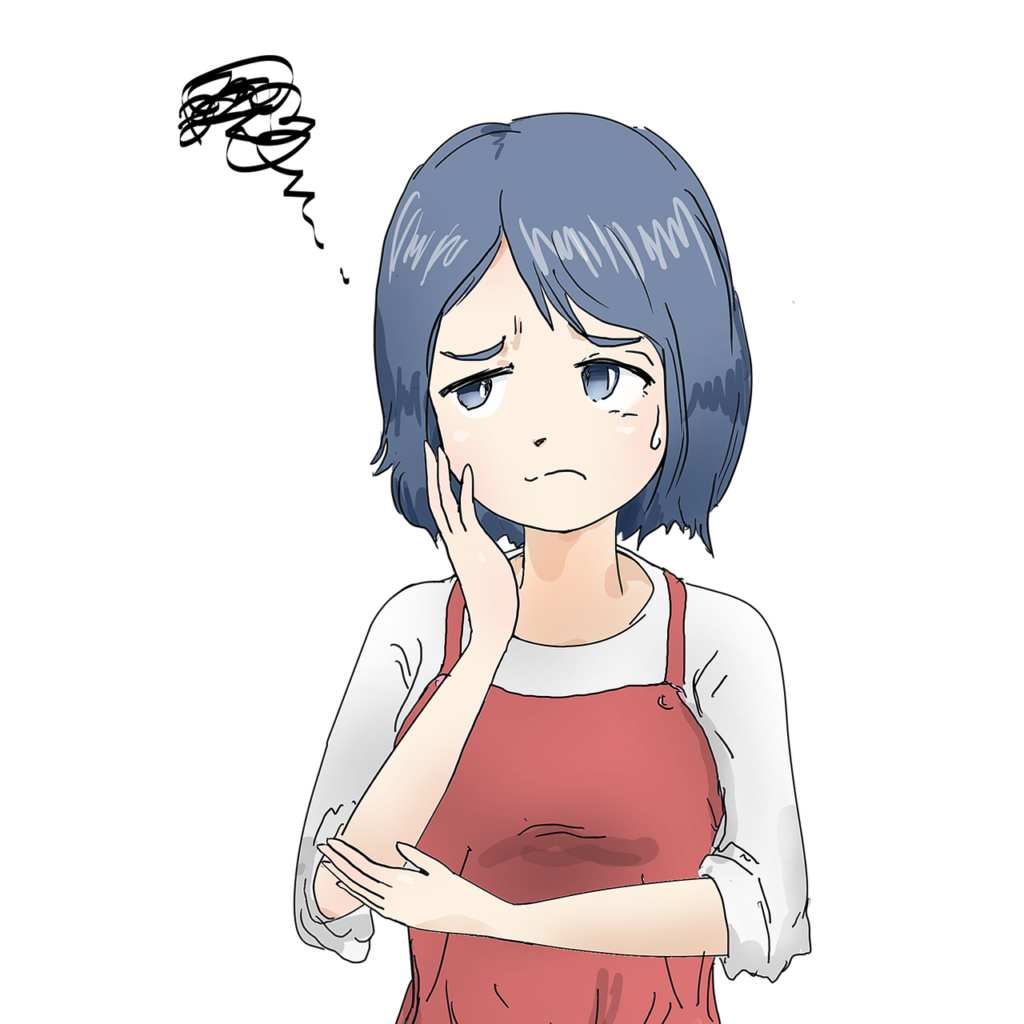It’s often around this time, two or three weeks into the school term, that you start to notice some signs. Having skipped in happily for the first few days, some children start to drag their feet, complain of tummy aches or cling to you at the gate. Sometimes it shows in a different way – perhaps managing well at school but being tearful or snappy at home. There are a number of reasons why you might see some of these behaviours in a child or young person. One of them is school anxiety.
If your small person, or your grown-too-quickly great hulking person is anxious about school it can be pretty tough for them. Imagine having to go every day to a job you hated, perhaps with colleagues you didn’t like or with a boss who didn’t make any sense. It’s can be like that for young people.
With all the disruption this year, a period of not being in school, or being in school differently, and with all the different rules that are now in place it makes sense that some young people might be finding things hard.
Anxiety is a word we use to talk about worry or fear. Being scared or nervous about something or anticipating that something bad might happen. Sometimes worries map closely onto real life (I’m worried that you’ll get coronavirus and die) and at other times they don’t (I’m thinking about if you didn’t pick me up after school and I have to sleep on the streets). Sometimes the worries are huge (I’m scared a bomb will go off at school and kill us all) and other times they are about small things (What if I can’t find my rubber and I get into trouble for having a messy book?)
When we work with young people at Headspace Guildford we talk with them about their worry monsters and what kinds of things the worry monster is saying to them. We do this to help young people recognise when anxiety is around and what it looks like for them. Thoughts flash through our head at such a rate that we often don’t stop and look at them, unpick them or make sense of what we are thinking and how that makes us feel.
We talk about the two tricks of a worry monster – to make out something is likely to happen, and to get you to believe it would be catastrophic if it did. We talk about how the worry bully can pretend to be keeping you safe but in reality is making life miserable.
If you are struggling with anxiety, or you’re raising a child who is, there are some helpful things you can do. You can identify and name the anxiety for the child, gently and with compassion.
“Mum, I can’t do PE today. I don’t run as fast as others and they will laugh at me“
“Wow, it sounds like you’ve got a real worry there about PE.” or “There’s that worry bully again, making you think something will be terrible before it’s even happened. What a meanie s/he is”
By doing this you start to pick up on when anxiety is present and when it’s not. You are also honing in on the specific areas where anxiety is starting to bother them (rather than ‘everything about school is scary‘).
And by doing this you are also giving the child an experience of being heard. Not dismissing the worry by jumping straight in either with reassurance (I’m sure it will be fine) or a solution (You could try warming up well first). Instead you are validating the very real and present fear that the child has and letting them know you realise that it’s hard for them. As adults things like missing a rubber or not playing as well as the next person might not seem that big a deal – but remember when you were at school? Remember how much that stuff did matter?
So try starting with this – it’s one step on the path of helping yourself or your child with their anxiety.

